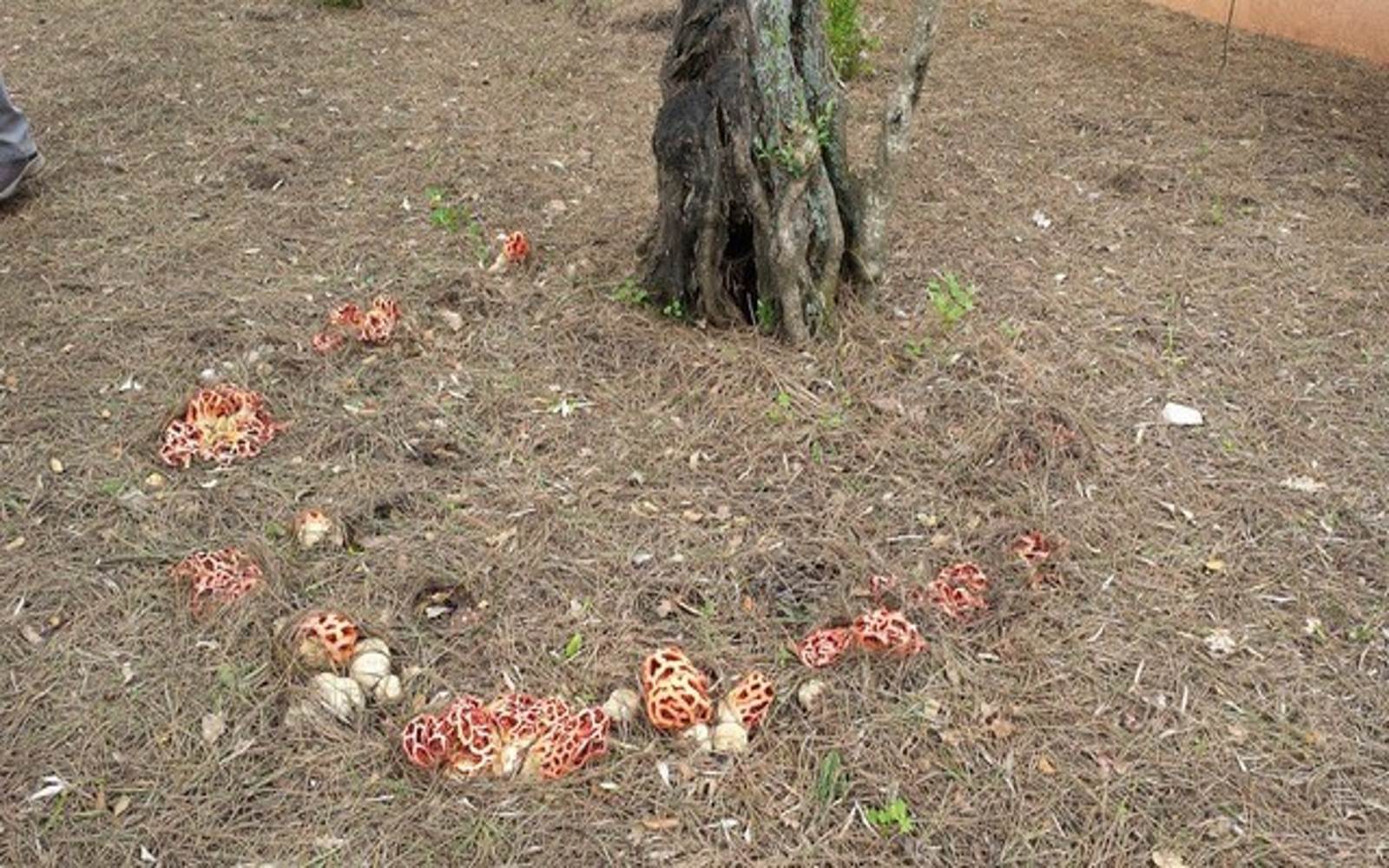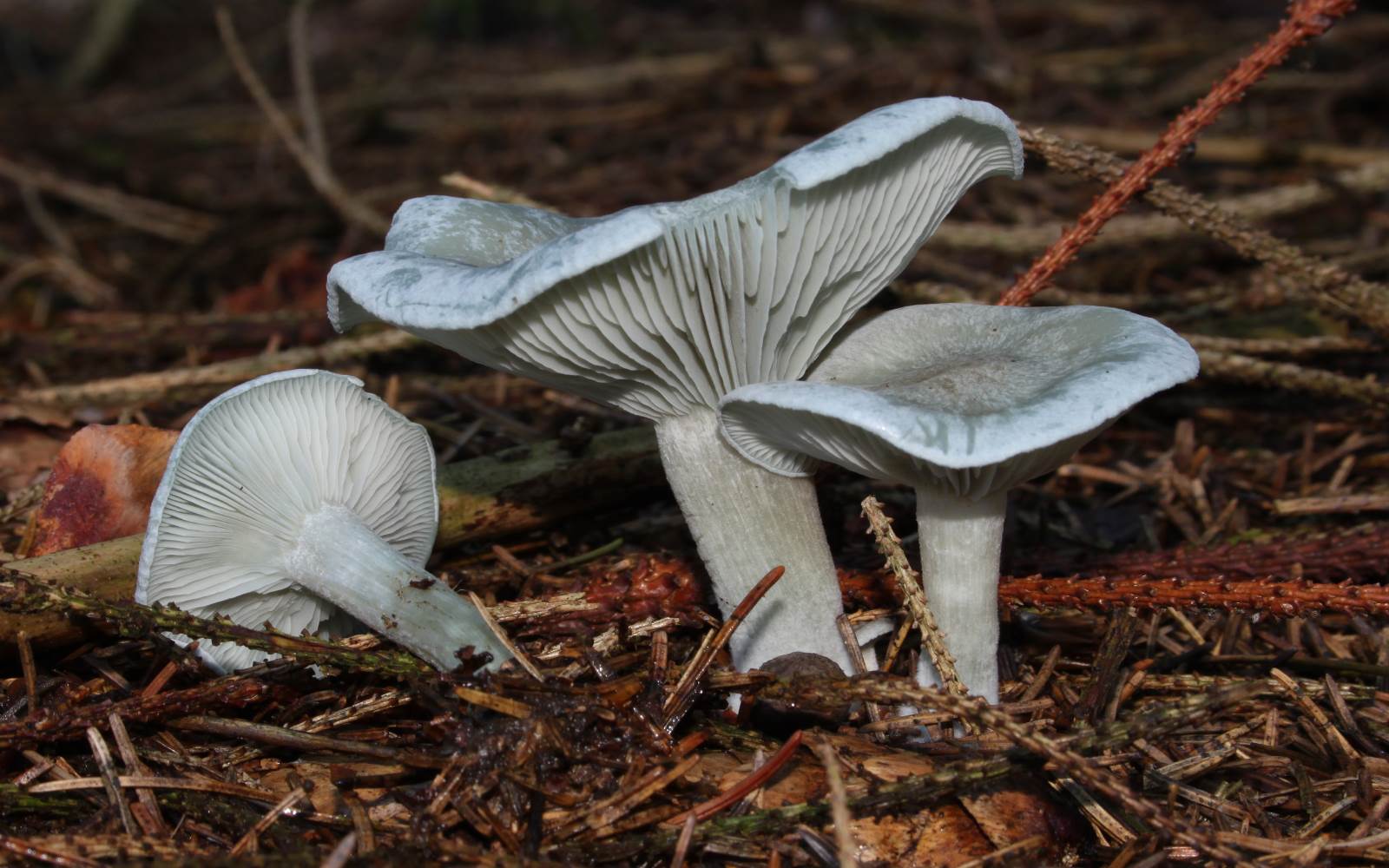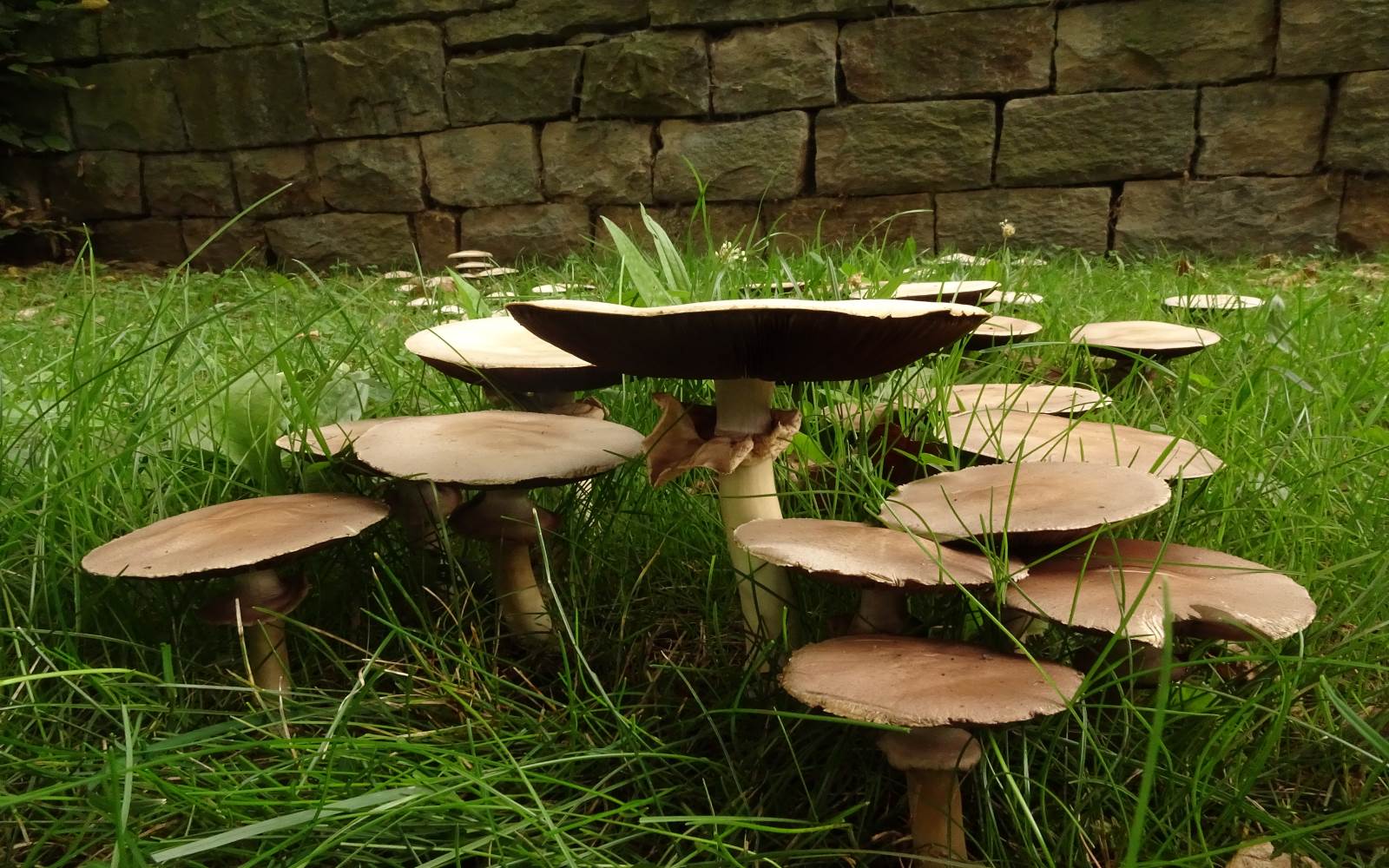How do fairy rings come about?
A naturalist in the Gulbenkian Garden
In Irish culture, for example, it was believed that fairy rings were “associated with magical portals between the realm of humans and the realms of elves, goblins or fairies”, explains Rui Simão, a specialist in mushrooms.
Fairy rings are clusters of mushrooms that appear in forest environments, on meadows and lawns, including urban parks and gardens such as the Gulbenkian Garden. Usually, this set of mushrooms takes the form of a ring – hence the name. There is a reason why it is shaped this way, that has nothing to with the supernatural world, but has everything to do with the mysterious life of fungi.

In fact, a mushroom is a very small part of a fungus that is often only visible for a short time, usually in the autumn. However, almost all of the fungus remains underground throughout the year, where microscopic filaments known as hyphae, divide and spread in length, forming a network called the mycelium.
Fairy rings “derive from the radial and more or less concentric pattern of the mycelium”, explains Rui Simão. “The appearance of fruit bodies (mushrooms) occurs in the most recent area of the mycelium, at the ends of the structure, from there we can observe the formation of the ring”.
Most of these “rings” are formed by mushrooms of the saprophytic species – fungi that feed on decaying matter in the subsoil, helping recycle these nutrients in the natural world. This is the case for the Marasmius oreades species, exemplifies the specialist.
The Head of Ecofungos has also found fairy rings formed by other species, such as the Witch heart (Clathrus ruber), as well as mushrooms of the Clitocybe (very common), Agaricus and Hebeloma genera.


So, if you happen to come across one of these strange mushroom formations, you now know that they are just the “tip of the iceberg” of a vast underground network linked to the fungi (as well as tree roots), which extends underground.

